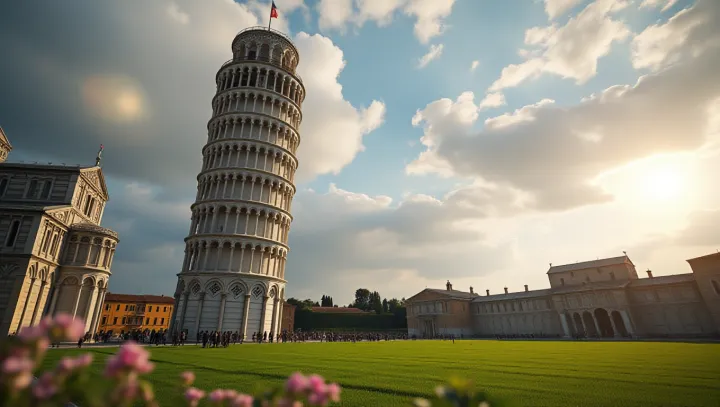The Secret Behind Pisa's Endurance

The Leaning Tower of Pisa, situated in the Italian city of Pisa, continues to defy gravity and attract millions of visitors eager to witness its seemingly precarious tilt. Experts have long studied the tower's resilience, intrigued by its ability to remain upright despite its nearly four-degree lean. Built over 800 years ago, the tower's enduring stability is a testament to the ingenious interventions of engineers past and present.
Originally, the Tower began tilting shortly after construction due to unstable foundation soil. This posed a significant engineering challenge, which medieval and modern engineers have tackled with dedication and innovation. In recent decades, the tower underwent extensive stabilization efforts.
The use of lead counterweights, soil extraction, and controlled stabilization have successfully arrested further leaning. These interventions, guided by skilled architects and engineers, ensured that the tower remains safely accessible to visitors. Dr.
Giorgio Macchi, a leading engineer involved in the conservation efforts, emphasized the blend of historical respect and scientific innovation in maintaining the tower’s balance. He states, 'Our work was to respect the past while ensuring safety and longevity for generations to admire.' The Leaning Tower of Pisa's continued existence and allure highlight the critical role of ongoing preservation in safeguarding architectural marvels worldwide. As global interest in heritage conservation grows, Pisa's iconic tower serves as both a challenge and an inspiration to engineers and historians alike.
